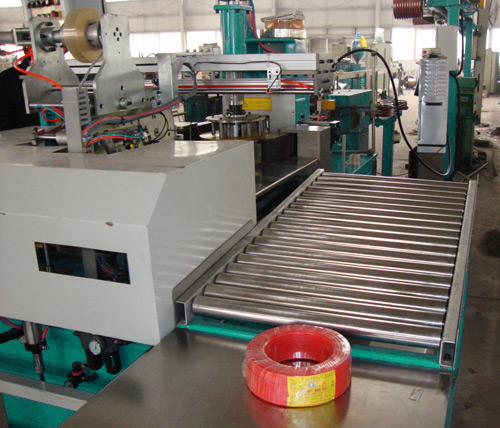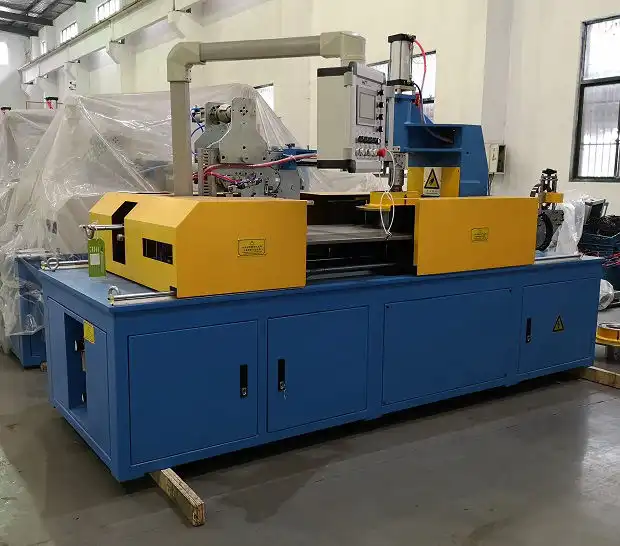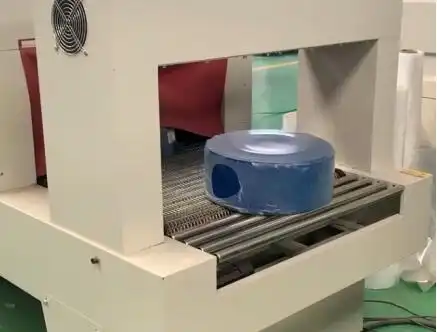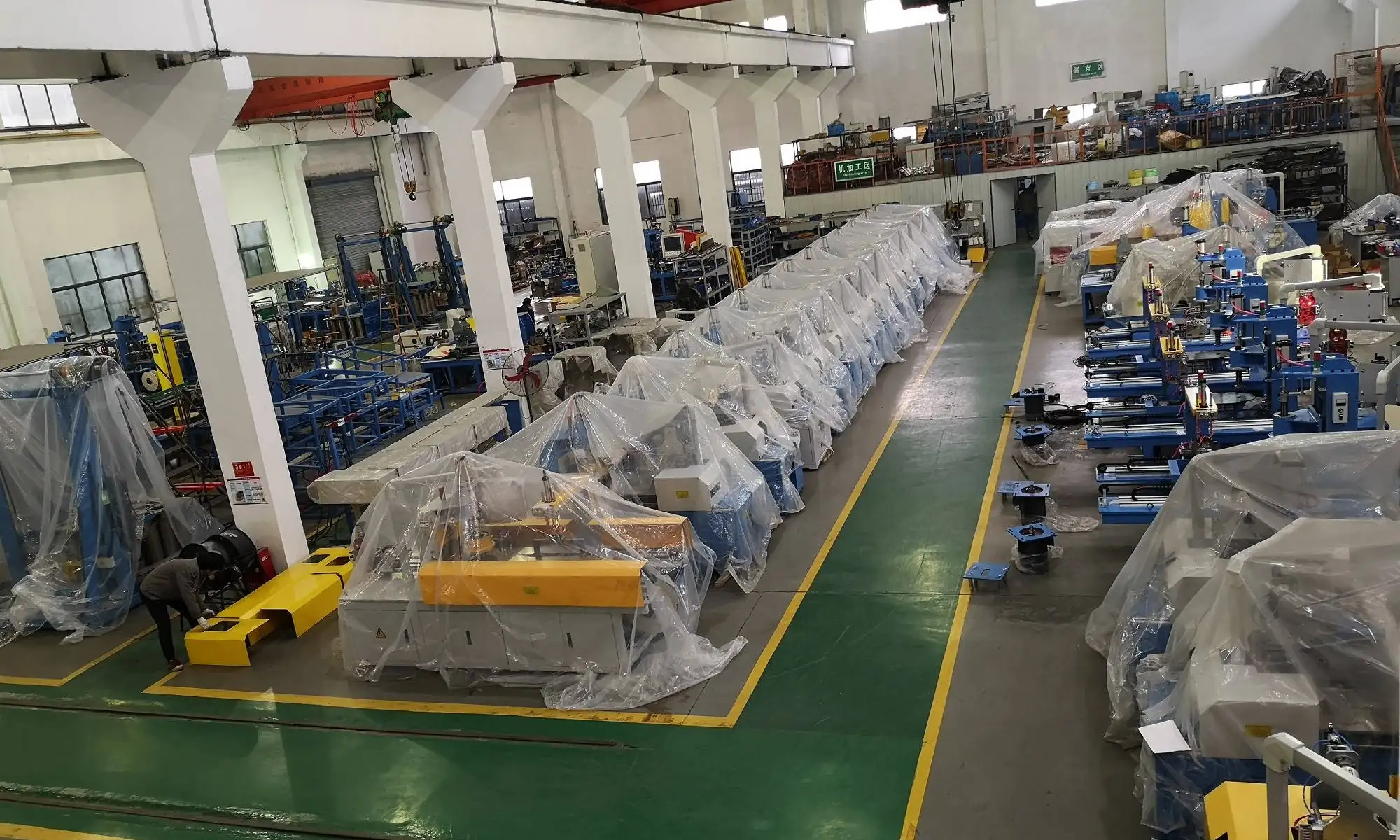Cables are a crucial part of many industries, and they must be properly packed to ensure they arrive safely and function properly. Whether you are transporting them for a construction project or shipping them to clients, knowing how to pack cables can save you a lot of trouble.
Proper cable packing ensures that your cables remain intact, functional, and easy to use when they arrive at their destination. In this guide, we’ll explore key tips for safe storage and transport, helping you protect your cables and avoid common packing mistakes.

Knowing how to pack cables the right way can prevent tangling, damage, and even functional failure when cables are used. It's important to avoid just throwing cables into boxes, as improper packing can lead to costly mistakes. In the following sections, we will dive deeper into the best practices, materials, and common mistakes to avoid when packing cables.
What Are the Best Methods for Coiling and Packing Cables to Prevent Damage?
Packing cables correctly involves a few critical steps to ensure they stay intact during transport. From coiling techniques to choosing the right container, everything matters in preventing damage.
The best methods for coiling cables include using appropriate techniques like figure-eight coiling, which reduces stress on the cable and avoids tangling. Storing cables in strong containers prevents external damage and provides support for the coiled cables.

Proper coiling is key to keeping cables in good condition. Many people make the mistake of winding cables too tightly or in an irregular pattern, which can lead to stress and even internal damage. When wrapping cables, be sure to follow these coiling methods:
Figure-Eight Coiling
This method is one of the most effective ways to coil cables. Instead of wrapping cables in a single loop, you form a figure-eight pattern, which helps to distribute the stress more evenly along the cable. This technique is particularly useful for longer cables, as it avoids excessive tension on any one part.
Loose Coiling
When dealing with delicate cables, such as fiber optics, loose coiling is an ideal method. The looser coil helps to ensure that no part of the cable is stretched too much, reducing the risk of damage.
Cable Ties or Velcro Straps
After coiling your cables, securing them with ties or straps is essential to keep them from unraveling during transport. Opt for soft ties or Velcro straps to avoid damage to the cables’ insulation. Never use twist ties that can exert too much pressure on the cable.
Storage Containers
Using a sturdy container is essential for keeping cables safe. Avoid using flimsy boxes that might collapse under pressure or get damaged during transport. Plastic containers with secure lids work well, as they protect the cables from moisture, dust, and physical damage.
These simple methods are essential in ensuring that cables stay safe, organized, and ready for use upon arrival.
How Can You Choose the Right Packaging Materials for Different Types of Cables?
Choosing the right packaging materials is just as important as how you coil and store your cables. Different types of cables require specific handling to avoid damage during transport.
Choosing the right materials is key to keeping your cables safe. Depending on the type of cable, materials like bubble wrap, plastic wraps, and foam inserts can offer added protection.

Not all cables are created equal, and the materials you use to pack them will depend on their sensitivity and the potential risks during transport. For example, heavier cables may need more robust padding, while delicate cables, such as those used in electronics, require softer, more protective packaging. Let's explore the options:
Heavy Duty Packaging for Steel Cables
Steel cables or heavy-duty cables used in construction or manufacturing require stronger materials for protection. A thick plastic wrap or heavy-duty bubble wrap works well for these cables. Additionally, you can use corner protectors to safeguard the ends of the cables from external damage.
Foam Inserts for Delicate Cables
For more delicate cables, like fiber optic or electrical cables, foam inserts are the best option. These materials provide cushioning that prevents the cables from bending or being crushed. They also keep cables in place during transport, avoiding potential damage due to movement.
Plastic Wrap for Protection
Plastic wrap is an essential material for all types of cables. It helps to keep the cables dry and protected from external elements like moisture. Using shrink wrap can help you tightly seal the cable rolls, preventing dust and dirt from settling on them.
Custom Boxes for Specific Cable Types
For specific cable types, custom boxes designed to fit the exact shape and size of the coils or rolls can be a great investment. These boxes provide a snug fit, reducing the risk of shifting during transport. They also help minimize the need for additional padding, making the process more efficient.
Selecting the right materials may seem simple, but it can significantly impact the safety and condition of your cables during transport.
What Are the Common Mistakes to Avoid When Packing Cables for Shipment?
Packing cables might seem straightforward, but several common mistakes can lead to damage or delays. These mistakes can result in tangled cables, broken insulation, or even safety hazards during transport.
Common mistakes include improper coiling, using inadequate materials, and failing to secure cables properly. Avoiding these errors can help you save time and ensure your cables reach their destination intact.

One of the most common mistakes when packing cables is not taking the time to properly coil them before storing them. This can lead to tangling, knots, and unnecessary stress on the cables. Additionally, some people underestimate the importance of securing the cables tightly and using the correct materials for each type. Let's break down the key mistakes to avoid:
Over-Tightening Cables
While it might be tempting to wrap cables tightly to save space, this can cause them to bend or break. Over-tightening can also damage the insulation, leading to safety hazards. Always aim to keep the coiling loose enough to avoid unnecessary stress.
Using Inadequate Packaging
Using the wrong packaging materials, such as flimsy boxes or not enough cushioning, is another mistake. Weak packaging can lead to crushed cables and damage during transport. Always choose packaging that is sturdy and appropriate for the type of cable.
Failure to Label Packages
Sometimes, cables are packed and shipped without any indication of what they are. This can cause confusion during transit or delivery. Make sure to label all packages clearly, especially if there are different types of cables within the same shipment.
Not Using Protective Barriers
Without proper protection, cables can be exposed to moisture, dust, and physical damage. Be sure to use plastic wraps or bags that keep the cables dry and clean, especially during long-distance shipping.
By avoiding these mistakes, you can improve the efficiency and safety of your cable packing process, ensuring that your cables arrive at their destination in the best possible condition.
How Can You Ensure Cables Stay Organized and Tangle-Free During Transport?
Keeping cables organized and tangle-free during transport is essential for saving time and reducing the risk of damage. With the right organization techniques, you can ensure that cables remain in pristine condition when they reach their destination.
The key to keeping cables organized is using cable management tools such as cable reels, tie-downs, and proper labeling. These methods prevent tangling and make it easier to unload cables when they arrive.

Cables can easily become tangled or disorganized during transport if not properly managed. To avoid these issues, the best solution is to employ various cable management techniques that ensure cables stay neatly stored and are easy to deploy when needed. Let’s explore some of these methods:
Cable Reels for Large Cables
For large, heavy-duty cables used in industrial applications, cable reels are the ideal storage solution. These reels are designed to keep cables wound neatly and prevent them from tangling. Be sure to secure the reels with straps to prevent them from shifting during transit.
Tie-Down Straps for Smaller Cables
For smaller cables, tie-down straps or Velcro ties are a quick and effective way to keep them organized. These straps can be adjusted to ensure that cables are neatly bundled together without the risk of tangling. Plus, they help reduce the overall bulk of the cables, making them easier to pack.
Proper Labeling
Labeling your cables is an often-overlooked step in ensuring organization. Marking cables with tags or color-coded labels makes it easier to identify each type and ensures that they’re sorted properly during unloading. This is especially useful for large shipments that may include various kinds of cables.
Storing in Custom Storage Bins
Custom storage bins are another great way to keep cables organized. These bins can be tailored to fit specific cable types and keep them separated, reducing the chance of one cable becoming tangled with another. Bins also provide added protection during transport.
By using these methods, you can make sure that your cables remain organized, tangle-free, and ready for quick use when they reach their destination.
Conclusion
Packing cables properly is essential for ensuring they arrive safely and in good condition. By following these simple tips and using the right materials and techniques, you can avoid common mistakes and keep your cables organized during transport.